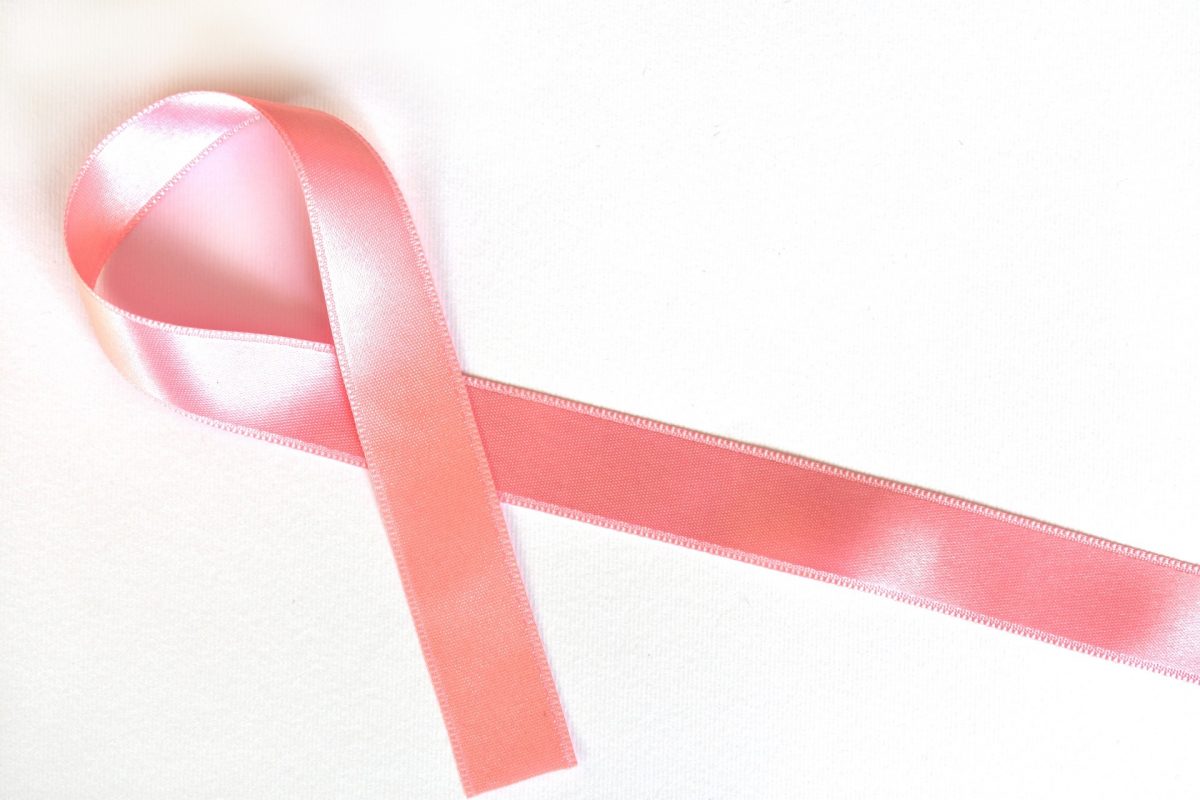Why Early Detection of Breast Cancer Saves Lives

Breast cancer affects around one in eight US women at some point in their lifetime. As a general rule of thumb, women should start screening for breast cancer starting at age forty, unless there is a history of breast cancer in the family.
The early detection of breast cancer can help save lives. There are several methods for detecting breast cancer early, including monthly self-exams, regular clinical breast exams, and mammograms.
In this article, we’ll take a closer look at the importance of detecting breast cancer early and what you can do to prevent and detect breast cancer early on.
The Importance of Early Detection of Breast Cancer
When it comes to breast cancer detection, the earlier you can catch breast cancer, the easier it is to treat. If breast cancer is identified when it is still in the localized stage, the 5-year relative survival rate is 99%.
While regular self-exams are an important part of checking for breast cancer, unfortunately, it might not be possible to detect the beginning stages of breast cancer. Even a clinical breast exam might not detect breast cancer unless a lump has already formed.
The goal of breast cancer screening exams is to detect breast cancer at its earliest stages. By using a mammogram, doctors can get a clear image of the breast tissue. This allows them to find abnormal cells long before they develop far enough to be felt during a regular breast exam.
How Often Should I Have a Mammogram?
Most physicians recommend that once women reach 40, they should schedule a mammogram every 1-2 years. If you are younger than 40 but have risk factors for breast cancer, then it’s important to speak with your doctor to assess whether mammograms are advisable and how frequently you should have them.
Signs and Symptoms of Breast Cancer
The most common symptom of breast cancer is a painless lump within the breast. These lumps are usually hard and with irregular edges, however, there are times when breast cancers are painful to touch, round, and soft.
It is important to examine your breasts regularly and have any new lumps or breast mass examined by a health care professional immediately.
Some other early signs of breast cancer include:
- Dimpling of the skin (can appear like an orange peel)
- Pain in the breast or nipple
- Nipple discharge
- Swollen lymph nodes (especially under the arm)
- Retraction of the nipples
- Swelling of the breast
- Nipple or breast skin that is dry, flaking, red, or thickened
Early Diagnosis Is Key
Early detection of breast cancer is crucial for increasing the chance of making a full recovery. If you discover any of the abnormalities listed above, make an appointment with your doctor immediately or visit your local emergency room in Corpus Christi.
Sources:
Howlader N, Noone AM, Krapcho M, et al. (eds). SEER Cancer Statistics Review, 1975–2017, National Cancer Institute. Bethesda, MD, https://seer.cancer.gov/csr/1975_2017/
National Cancer Institute. Surveillance, Epidemiology, and End Results Program website, Cancer Stat Facts: Female Breast Cancer, https://seer.cancer.gov/statfacts/html/breast.html


